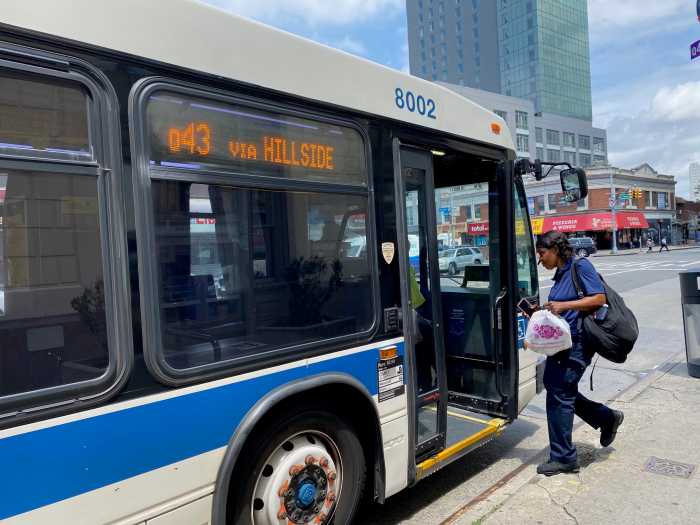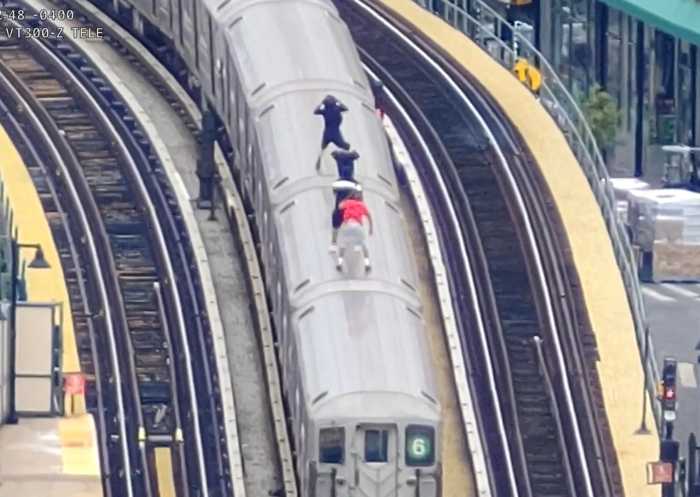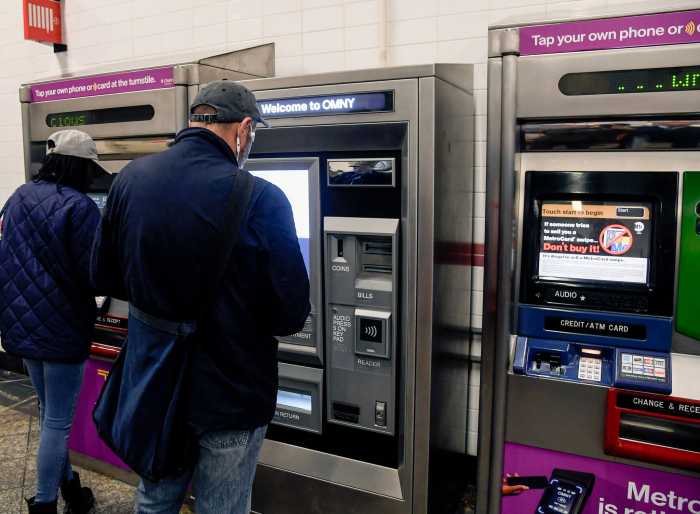-

Photo Credit: Craig Ruttle -

Photo Credit: Craig Ruttle -

Photo Credit: Craig Ruttle -

Photo Credit: Craig Ruttle -

Photo Credit: Craig Ruttle -

Photo Credit: Craig Ruttle -

Photo Credit: Craig Ruttle -

Photo Credit: Craig Ruttle -

Photo Credit: Craig Ruttle -

Photo Credit: Craig Ruttle
On any given Monday, thousands of passengers step off their trains and onto an underground platform in Manhattan, for a somewhat dimly lit, often warm and sticky walk to the upper levels of Penn Station, complete with low ceilings as well.
It’s the same routine that for many ends Friday afternoon, hopefully with a sigh of relief. For commuters, the morning shuffle might include a chat about the “new” Penn Station and how the destruction of the former in the 1960s has, for decades, robbed riders of a more livable journey.
The storied McKim, Mead & White Beaux-Arts masterpiece, completed in 1910 and torn down between 1963 and 1966 — The New York Times called the demolition a “monumental act of vandalism” — was a cathedral-like structure, seemingly honoring the thousands who passed under its towering arched granite and greenhouse glass roof. Those fortunate riders were bathed with natural light and warmed, in the early days, by pink-hued granite. These memories and scenes couldn’t outlast the wrecking ball, as the modern Penn Station was born, joined with the shiny glass and steel towers of Penn Plaza and Madison Square Garden above it in 1968.
As regular service resumes Tuesday, a summer filled with delays, derailments and a three-plus month emergency repair by Amtrak (who controls the tracks at Penn), has put a laser focus on a train station that at times seems beyond capacity and in need of immediate attention — the lore of a once grand structure is at least part of the conversation of what went wrong.
Some relief has arrived to tough commutes at the “new” Penn, with the completion of the LIRR’s West End Concourse, and the promise of a new Penn-Farley Moynihan Train Hall, slated to be ready in 2020.
But for those who ride the trains every day, maybe small comfort can be taken in knowing that, even amid the hottest, most shoulder-to-shoulder commute, within reach is tangible evidence of what was once great, and perhaps inspiration for better things to come.
Great appreciation to rail historians John Turkeli and David Morrison, who have deep knowledge of Penn Station and railroads, for their assistance in confirming the small details left over from a grand past.




























